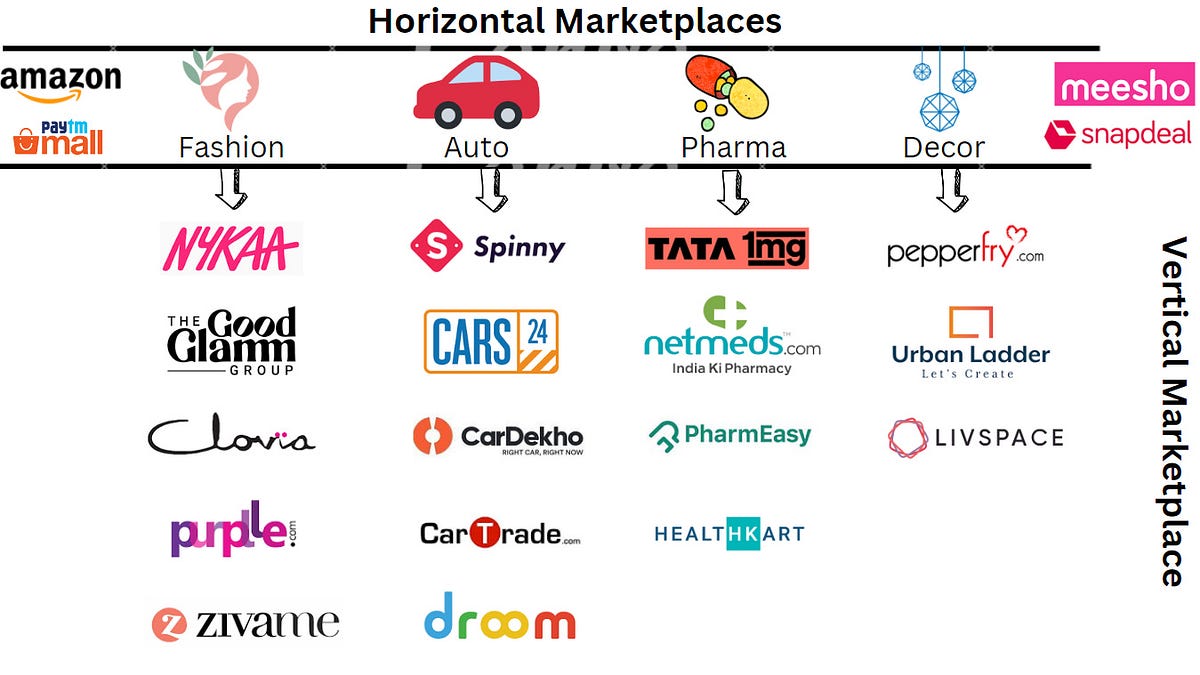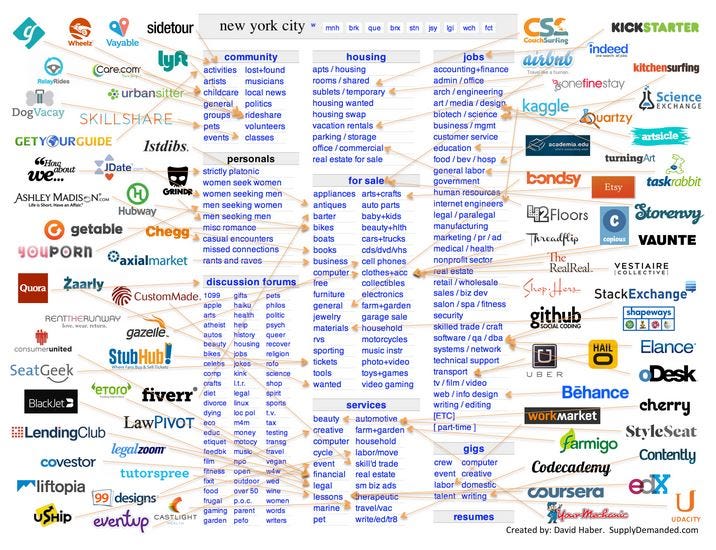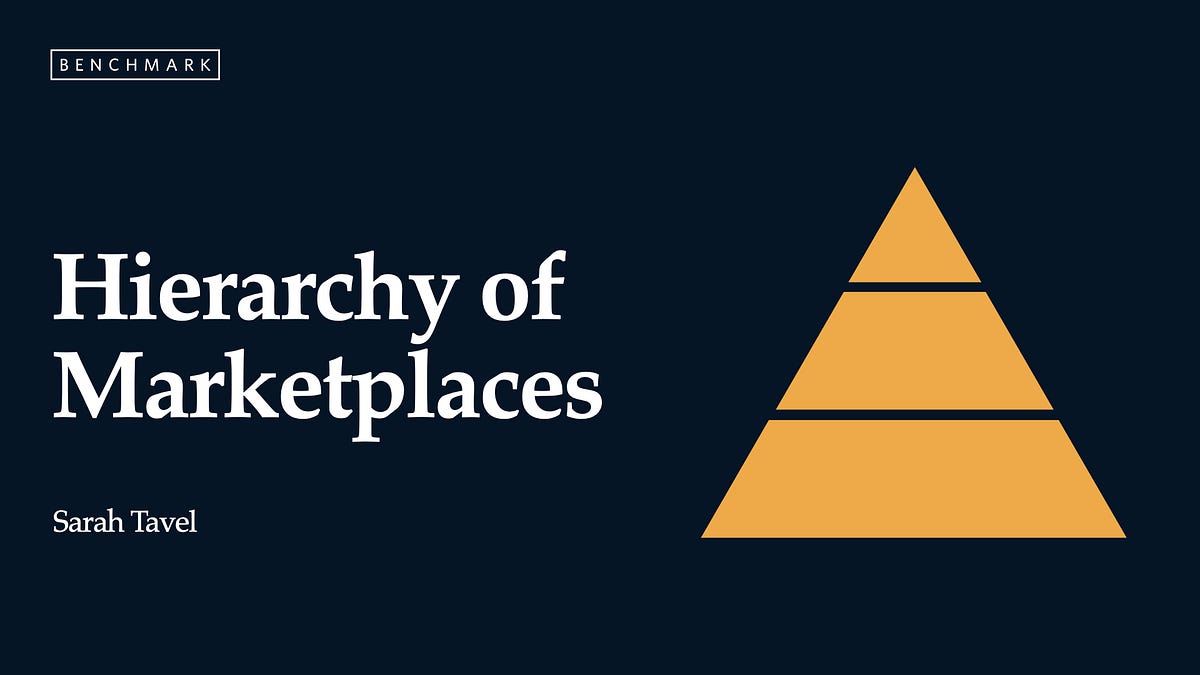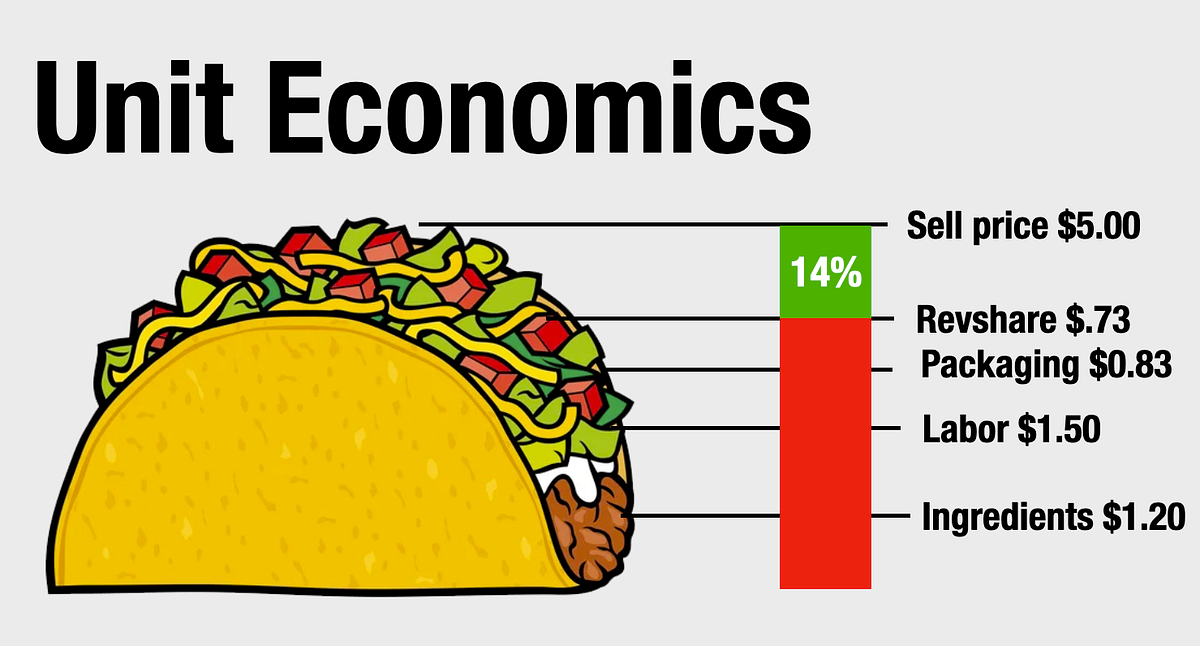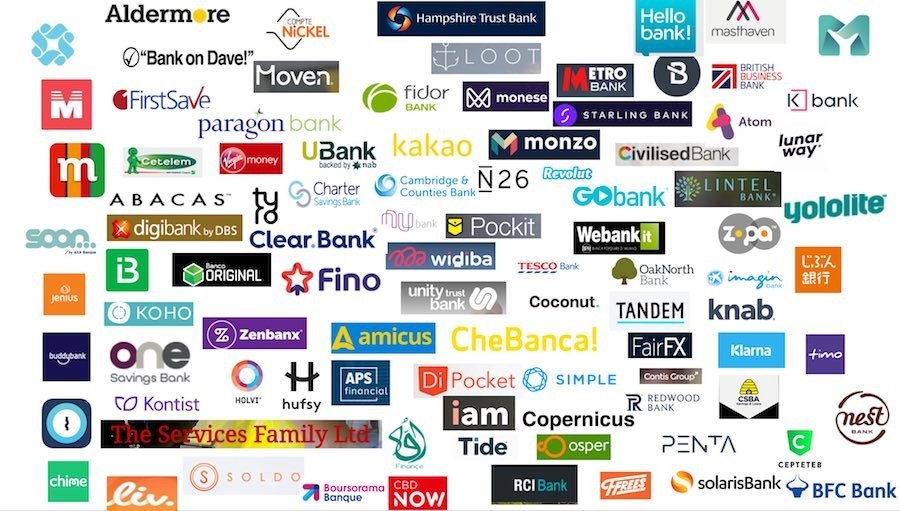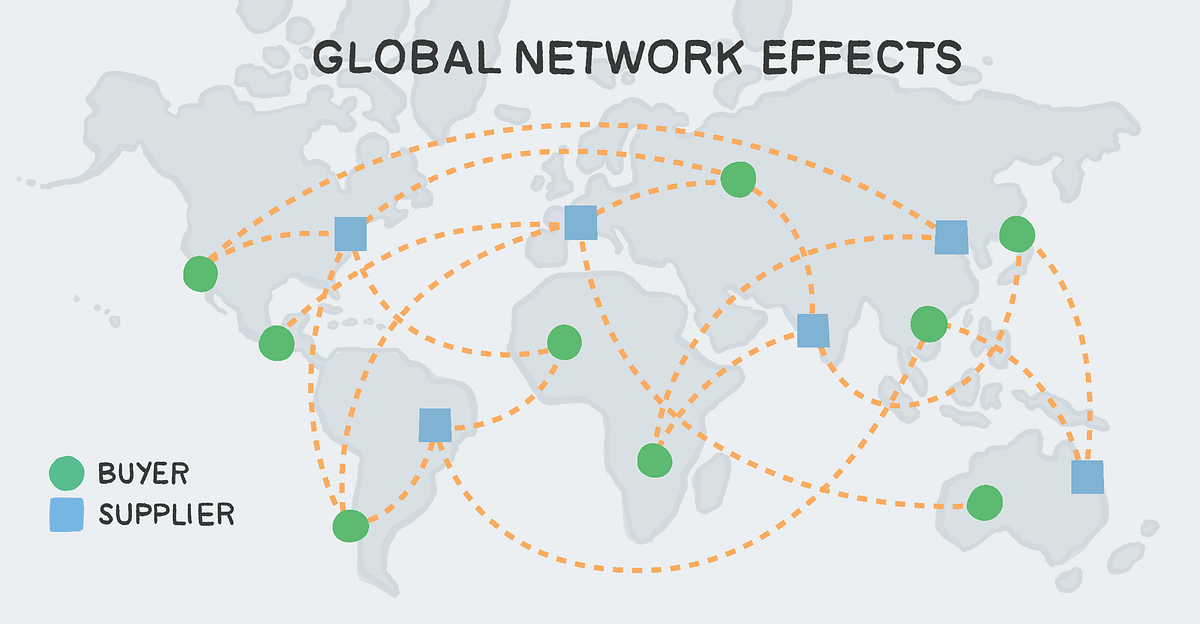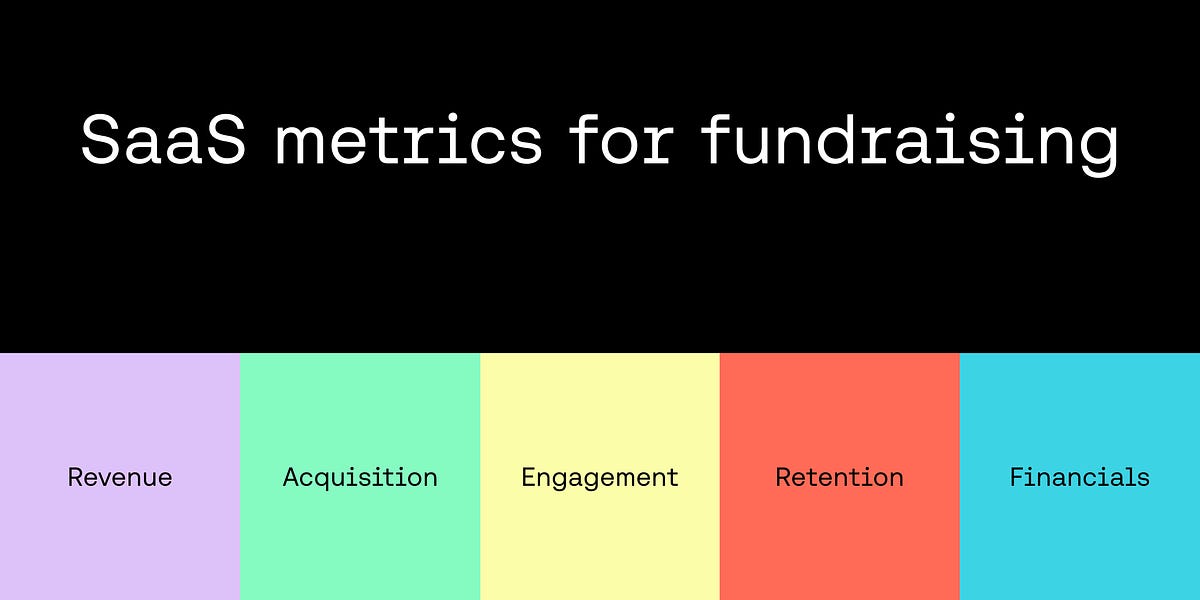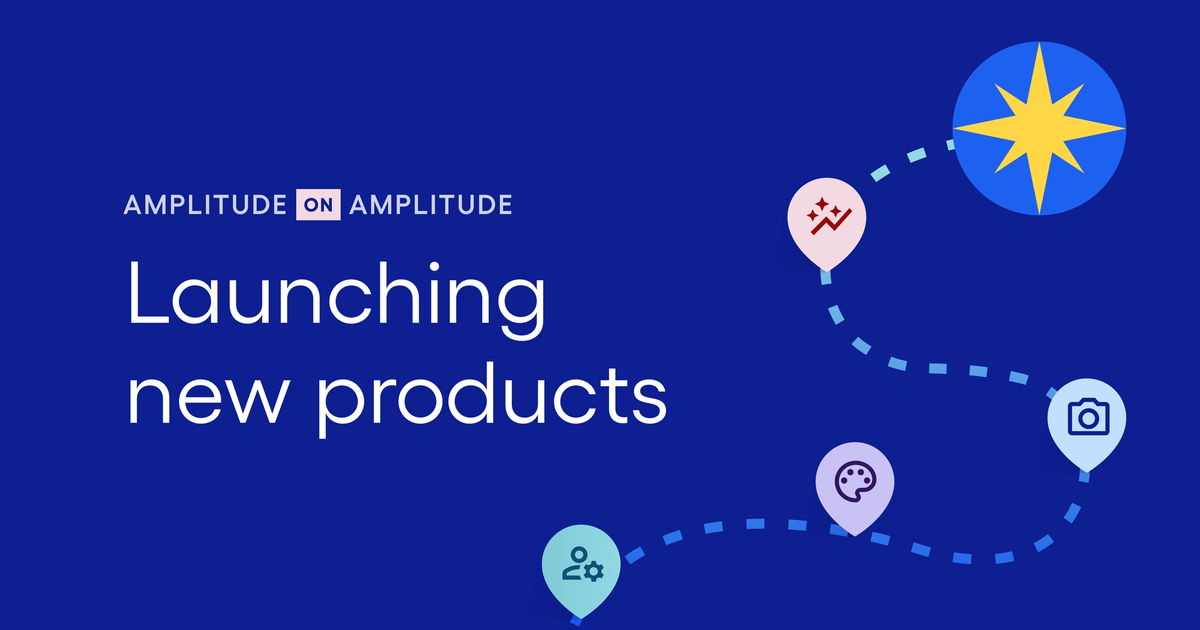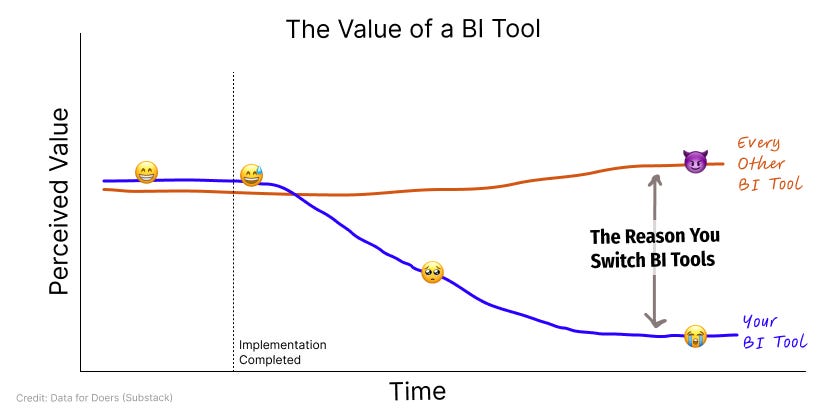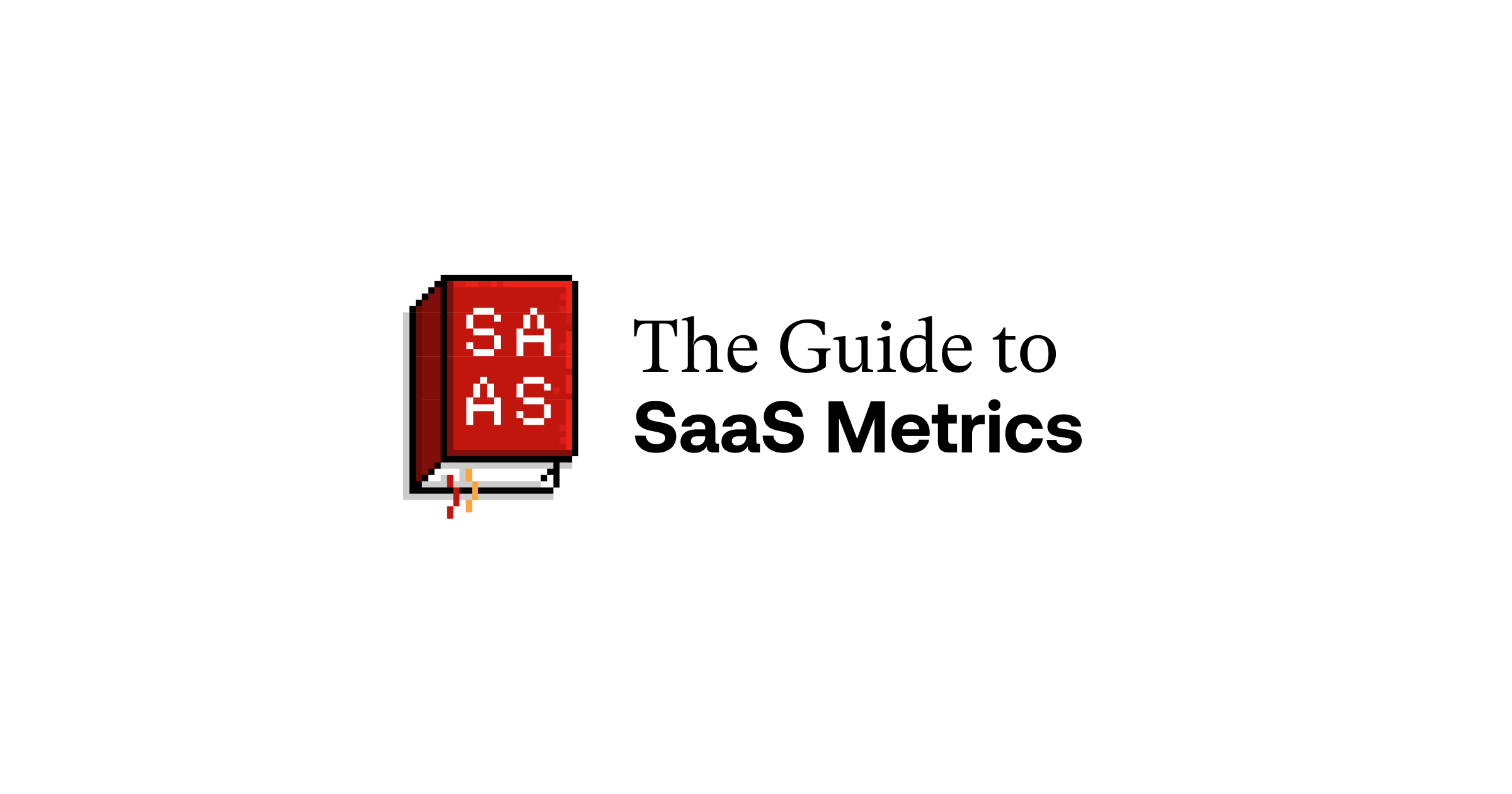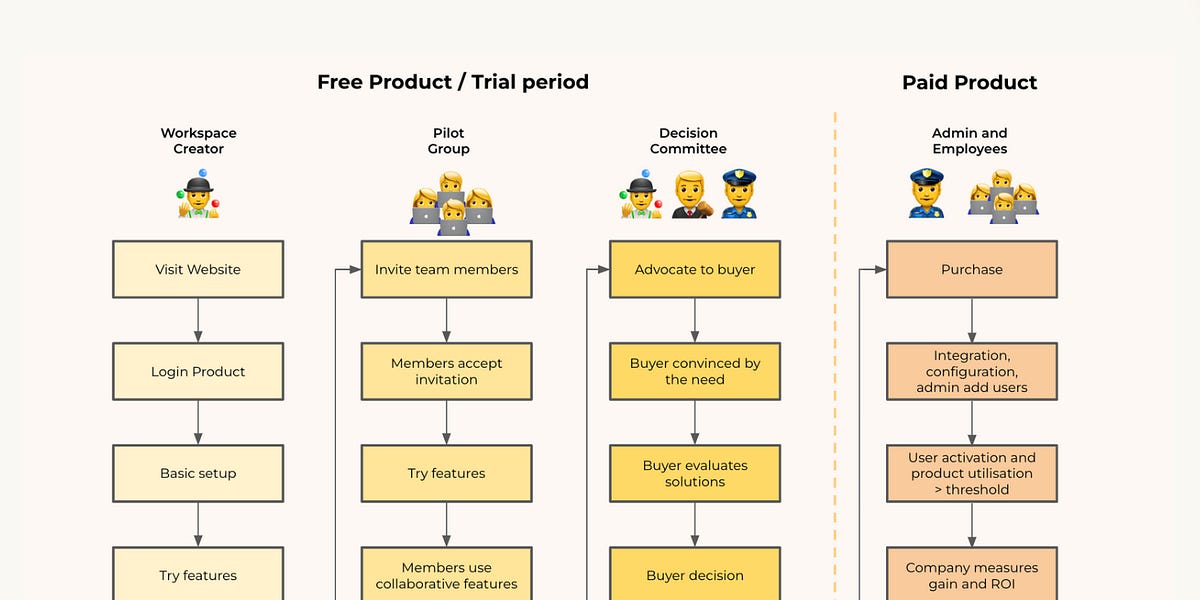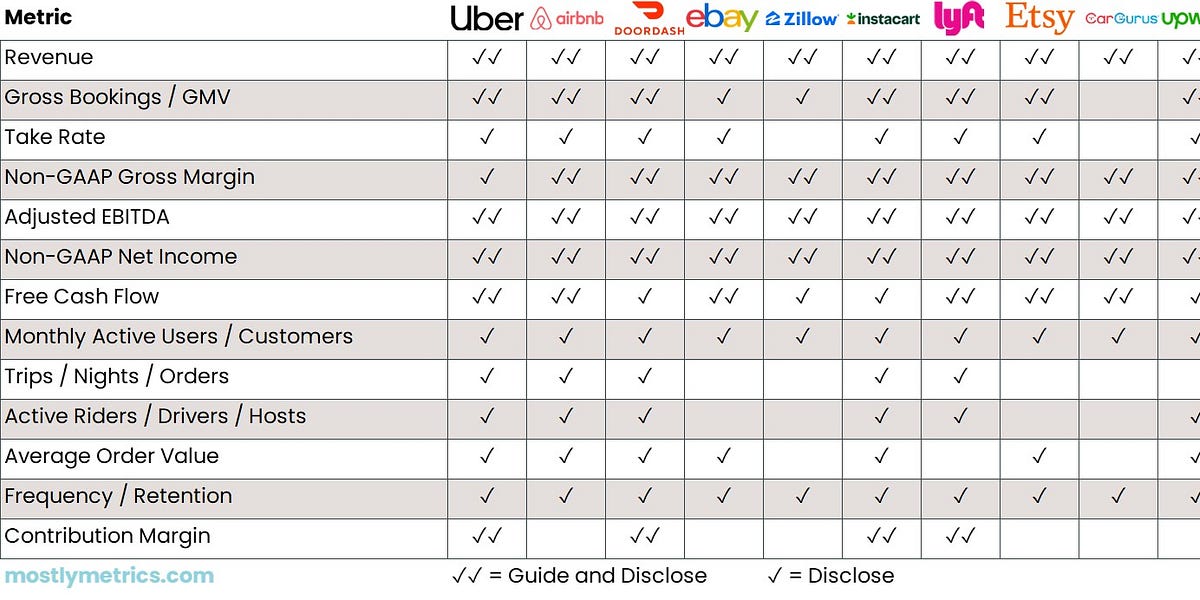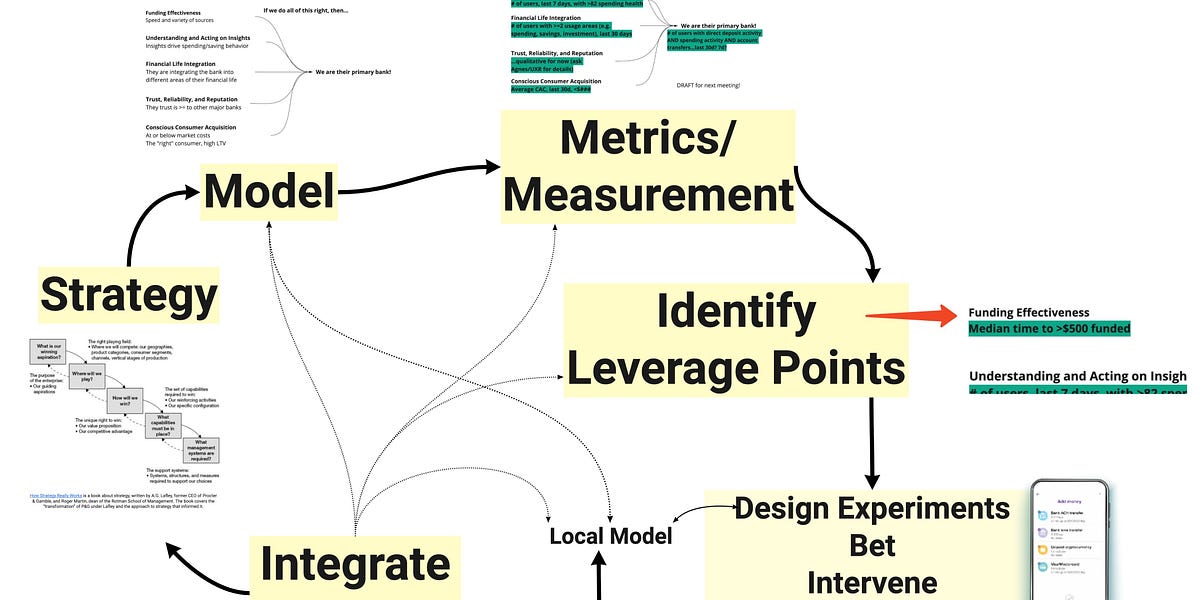This influential essay introduces Aggregation Theory, which explains the power of internet companies like Google and Facebook that aggregate demand. It explores how zero distribution costs enable them to scale rapidly while owning the user relationship. A must-read for understanding platform dominance in digital markets.
Business Understanding
Understanding how businesses operate, create value, and make strategic decisions
42 resources in this category
Subcategories
Business Models & Unit Economics
How companies create, deliver, and capture value through their business model and per-unit economics
Customer & User Segmentation
Dividing customers and users into meaningful groups based on characteristics, behaviors, and needs
Value Proposition & Positioning
Defining and communicating the unique value a product or service provides to customers
Growth & Go-to-Market Strategy
Strategies and tactics for acquiring, activating, and retaining customers at scale
Christoph Janz outlines five distinct strategies for building a $100M company, ranging from enterprise (elephants) to consumer (flies). He analyzes pricing models, customer acquisition, and go-to-market approaches to help founders identify their optimal growth path. A foundational read for SaaS entrepreneurs and startup operators.
This essay breaks down how predictable revenue models—especially SaaS—drive higher valuation multiples. Gurley introduces a revenue quality scorecard, making a strong case for why investors love subscriptions over transactional income. Essential for founders preparing for fundraising or long-term scaling.
Saurabh Nair outlines the fundamentals of marketplace businesses, emphasizing the value of enabling transactions between buyers and sellers. He describes monetization strategies such as commissions, listing fees, and value-added services. A solid primer for operators and analysts entering the platform economy.
Erik Torenberg explores the dynamics of building and investing in marketplaces. He breaks down core concepts like liquidity, trust & safety, and take rates. The piece includes practical advice for founders on achieving product-market fit in multi-sided networks. Valuable for startup teams and early-stage investors.
This article presents the first level of the Hierarchy of Marketplaces framework, focusing on creating user happiness and scalable engagement. Tavel draws on real examples to show how leading marketplaces like Etsy and Airbnb progressed through each level. Useful for marketplace builders aiming for long-term defensibility.
Tavel extends her original framework to highlight how companies can build products that retain users over time. She categorizes engagement loops and stresses the importance of value creation at each step. Highly relevant for product managers and growth teams focused on long-term user engagement.
Joost Rietveld unpacks how freemium strategies can be effective if properly executed. He draws parallels between SaaS, gaming, and content platforms, exploring key levers like conversion rates, engagement triggers, and monetization points. A thoughtful read for those designing freemium models or evaluating them.
This post by A16Z outlines the most important KPIs for two-sided marketplaces. Metrics include match rate, take rate, market depth, and concentration of supply. It offers a rigorous diagnostic toolkit for founders, investors, and operators looking to assess or pitch marketplace startups.
Bobby Pinero discusses how introducing a freemium tier at Equals led to a spike in sign-ups but damaged engagement and revenue. He walks through the misalignments in onboarding, value delivery, and support strain, offering five concrete lessons for anyone considering freemium models. Cautionary and highly actionable.
Tomasz Tunguz explores SaaS pricing models—seat-based, usage-based, and tiered—and how they affect customer retention, lifetime value, and growth potential. The guide includes case studies from Twilio, Snowflake, and HubSpot. A must-read for monetization strategy.
Jamie Sullivan and Alex Immerman use data from 60+ public tech companies to explain how each turn of the LTV:CAC ratio flows through to margins, reinvestment capacity, and ultimately valuation. A clear, numbers-backed argument for why every startup needs to understand their unit economics.
Ha Nguyen shares a candid story from her time at a fast-growing fashion startup, where strong revenue masked poor unit economics. She reveals how excitement about top-line growth distracted from the reality that each customer lost money. The essay warns founders not to confuse growth with viability.
This beginner-friendly article breaks down unit economics into intuitive concepts, using simple business examples from taco stands to SaaS. Bret Waters explains how cost per unit, contribution margin, and scale determine financial sustainability. Ideal for those new to business metrics.
Drawing on her experience in fast-growing startups, Prerna Goel warns against deferring questions about profitability. She stresses that understanding cost structure and margins early on is essential for scaling responsibly. A reflective guide for founders in high-growth environments.
From an analyst's perspective, Timo Dechau critiques the over-reliance on vanity growth metrics. He shows how dashboards rarely incorporate core cost insights or contribution margins, and how this disconnect skews decision-making. A wake-up call for teams building analytics around business KPIs.
Rick Zullo and Chelsea Zhang analyze why early DTC brands struggled to scale profitably. They discuss issues like inflated CAC, ad tracking limits, and high return rates—and how these led to omnichannel pivots. A detailed breakdown for operators and investors focused on margin-driven growth.
William Morales examines the broken economics behind neobanks: high CAC, minimal revenue per user, and long payback periods. He uses napkin math to show why subscriptions or lending products are essential to survival. A hard-hitting read for fintech operators and analysts.
Former Airbnb PM Jonathan Golden outlines a clear framework to evaluate marketplace viability. By mapping products by transaction size and frequency, he shows how to predict and improve unit economics through incentives and pricing. Excellent reference for marketplace builders.
AI's Middle Layer: Where the Real Money's Made (or Lost) in the Wrapper Economy
Business UnderstandingThis blog post reveals the untapped potential in the "wrapper economy" – the lucrative middle layer where AI-powered tools and services are packaged and sold. Analytics professionals can uncover hidden revenue streams and gain a competitive edge by understanding the dynamics of this rapidly evolving market, leveraging insights on successful monetization strategies and identifying critical points where AI-powered "wrappers" can make or break a business's bottom line.
Understanding unit economics is essential for analytics professionals in SaaS and product-driven businesses. This post emphasizes how focusing on granular, per-customer profitability metrics can outlast vanity growth metrics, providing a more sustainable view of business performance. By mastering techniques to analyze customer acquisition costs, lifetime value, and other unit-level metrics, analysts can uncover crucial insights to inform strategic decision-making and drive long-term success.
Understanding the business context behind data is essential for analytics professionals to deliver impactful insights. By exploring the interconnected factors shaping the organization's operations and objectives, analysts can uncover meaningful patterns and make informed recommendations that drive strategic decision-making. This holistic approach empowers product, marketing, and revenue teams to optimize their strategies and achieve tangible business results.
Explores the concept of customer lifetime value (LTV), including how to calculate it, the importance of retention and margin in driving LTV, and using LTV as a key metric for making data-driven business decisions.
This article provides an in-depth overview of the key SaaS metrics that founders need to understand when preparing for fundraising. It covers critical areas like revenue recognition, unit economics, customer lifetime value, and growth metrics - all essential for showcasing the health and potential of a SaaS business to investors.
This article revisits the 'fallacy of freemium' and explores how businesses can optimize their pricing and revenue models beyond just offering a free tier. It covers key considerations around subscription tiers, usage-based pricing, hybrid models, and aligning pricing with customer value.
Explores how Amplitude leverages product-led growth strategies, including freemium models, free trials, usage-based pricing, in-product activation loops, and the handoff from product-qualified leads to marketing-qualified leads.
This case study explores how Duolingo used a product-led growth (PLG) framework to drive a 4x increase in daily active users (DAUs). It examines their approach to activation, monetization, and growth strategy, providing insights that can inform data-driven product and marketing decisions.
Strategies and tactics for acquiring, activating, and retaining customers through freemium, free trials, usage-based pricing, and in-product activation loops. Covers the key principles and metrics for building a successful product-led growth motion.
Strategies for designing pricing tiers, packaging features, and aligning monetization with customer value. Includes topics like good-better-best pricing, value-based vs. cost-plus models, willingness-to-pay segmentation, and packaging mechanics like usage thresholds and feature add-ons.
Understand key SaaS metrics that influence profitability, such as recurring revenue, churn, and the 'triangle of despair' - the balance between customer acquisition, retention, and revenue growth.
Techniques for measuring and forecasting the lifetime value of customers, including retention curves, discount rates, cohort LTV, and probabilistic vs. deterministic LTV models. Linking LTV to other key metrics like CAC and LTV:CAC ratio to assess the efficiency of the business model.
Develop a deep understanding of how a company creates, delivers, and captures value through its core business model. Explore the key components such as the value proposition, target segments, distribution channels, key resources & activities, partner ecosystem, and profit formula.
Calculating the gross-margin contribution of a customer over their expected lifetime; including retention curves, discount rates, cohort LTV, probabilistic vs. deterministic models, and segment-level LTV comparison.
This article presents a framework for understanding and visualizing unit economics (UE) for a variety of businesses. It covers key concepts around contribution margin, fixed-cost leverage, break-even volume, and scaling effects to help analysts and founders assess the profitability and scalability of their business models.
A deep dive on how Airbnb measures and uses listing lifetime value to identify the most valuable accommodation listings for their guests. The article covers the framework and methodology Airbnb uses to calculate LTV, including retention curves, discount rates, and segment-level LTV comparisons.
Covers key revenue metrics for marketplace businesses, including gross vs. net revenue, recurring vs. non-recurring, bookings vs. billings, and other accounting-aligned measures. Explores cohort analysis, revenue waterfalls, and drivers of expansion and churn.
Analyzing the gross-margin contribution of a customer over their expected lifetime, including retention curves, discount rates, cohort LTV, and probabilistic vs. deterministic models. Understanding how to leverage LTV to optimize customer acquisition and inform revenue forecasting.
An in-depth look at how to calculate, analyze, and leverage customer lifetime value (LTV) - a critical SaaS metric for understanding the long-term value of customers and optimizing acquisition and retention strategies.
Methodologies for calculating and understanding the lifetime value of customers, including retention curves, discount rates, cohort LTV, and using LTV to evaluate the efficiency of customer acquisition.
This article discusses key unit economics and efficiency metrics for SaaS businesses, including CAC payback, LTV:CAC ratio, contribution margin, and the rule-of-40. It explains how to calculate and analyze these metrics to understand the underlying profitability drivers and unit-level economics of the business.
This article discusses the data-informed product cycle, which involves translating high-level strategy into models, testing hypotheses, and iterating based on data. It covers key topics like freemium, free trials, usage-based pricing, activation metrics, and product-qualified leads (PQLs).
This article argues that powerful ideas, even if imperfectly measured, are more useful for business decision-making than perfect measures for less impactful ideas. It discusses the importance of focusing on high-leverage metrics and acknowledging the limitations of data, rather than getting overly bogged down in pursuit of perfect measurement.



